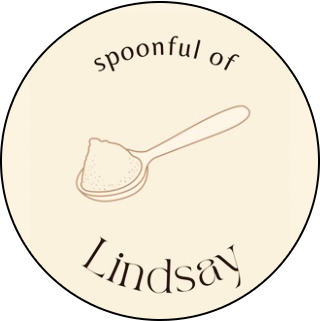Chronic illness is expensive, not just in the traditional sense but also from a physical and emotional standpoint. Here are some of the hidden costs of chronic illness that I’ve experienced, in no particular order:
1. Medical Treatments – Many specialty appointments have costly co-pays or need to be paid for entirely out-of-pocket. In my experience, I needed to go out of network to see a therapist more than once every two months. Naturopath, acupuncture, or massage therapy treatments, which can be very beneficial, also often incur hefty fees and are not covered by insurance.
2. ER Visits – When the pain gets too intense or new symptoms arise over the weekend, nurses advise patients to go to the ER to get evaluated. ER visits usually involve expensive co-pays and typically mean long wait times and can, unfortunately, lead to medical gaslighting.
3. Prescriptions – It takes a lot of trial and error to find the correct medication to help manage pain and symptoms. Each drug is costly, mainly depending on the brand and insurance type. Plus, there are no refunds if the medications do not work. I need to dispose of at least twenty bottles of medications because they did not work for me.
4. Inability to Work & Need to Take Time Off Work – Frequently, doctor’s appointments, especially specialty ones, can be challenging to secure. Because of this and their lack of availability, this often means needing to take appointments when they are available and not when they are convenient. This means needing to take time off of work, and if doctors are running late or behind schedule, this can mean missing a full day or half a day of work for each appointment. In addition, some chronic illnesses can lead to temporary or permanent disability, and as a result, people may be unable to work. This means living off disability benefits or a partner’s or a family member’s salary while also needing to continue to pay for health coverage and/or expensive treatments.
5. Mobility Aids, Health Products, & Comfort Items – To make navigating trips to stores and appointments easier, mobility aids can be beneficial, and yet, often, they are expensive. Living with small fiber neuropathy, postural orthostatic tachycardia syndrome (POTS), and vestibular migraines means needing many health products to manage my symptoms and pain. For example, I had to get a shower chair to make showering realistic and tolerable. My migraine attacks and nerve pain became less painful with microwaveable heat pads and ice packs. The tachycardia I experience daily became more bearable and controlled with compression socks, shorts, and leggings. Again, all of these were out-of-pocket costs, as they are suggested, and not prescribed.
6. Specialty Foods and Supplements – Many people need to make dietary modifications to manage their condition; for some, like me, this means avoiding dairy products and buying non-dairy alternatives. While there is no shortage of non-dairy and vegan items on the market, they are very costly. Also, doctors often recommend certain supplements. For example, for my chronic migraines, I take a hearty dose of vitamins and supplements, such as CoQ10, feverfew, magnesium citrate, and riboflavin, all of which need to be paid for out of pocket. Additionally, to help with my postural orthostatic tachycardia syndrome (POTS), I need to increase my daily salt intake, which translates to purchasing a lot of electrolyte packets every month. At one point, I was ordering and drinking four two-liter bottles of Pedialyte every two days. That adds up!
7. Social Isolation – While not a financial cost, there is a physical and emotional toll on being socially isolated. Chronic illness is long-term, and often after the initial diagnosis or onset of symptoms, people go back to their own lives and may not reach out anymore to support or visit. This is particularly complicated during the COVID pandemic as many chronically ill people are also high-risk and cannot attend large gatherings for fear of exposure. Getting more social connection may mean becoming more reliant on technology, social media, and texting because that’s more accessible than in-person gatherings, especially if driving is out of the question and there are no clear steps taken to reduce the risk of exposure to COVID.
How To Help

These physical, financial, and emotional costs become burdensome. If you have a loved one who lives with a chronic illness, here are some practical ways you can help offset these costs:
1. Ask your friend if they have a wish list of items that would help them physically or emotionally. If they do, buy something off of it for them. If they don’t, offer to set one up for them so that when someone inevitably asks, “Let me know if I can help,” they can respond with a link.
2. Offer up your time to drive them to an appointment, and if they’re up for it, take them out for a nice meal or to a coffee shop afterward. Doctor’s appointments are exhausting and lonely; it can help to have someone to distract them and give them something to look forward to afterward.
3. Offer to pick up groceries and drop them off outside their house. If that’s not feasible, send them grocery or meal delivery service gift cards like Door Dash, Grub Hub, or Instacart.
4. Offer to take a nagging chore off their to-do list, such as doing their laundry, walking their dog, vacuuming, or doing the dishes. Cleaning can take a lot of energy; energy that in periods of high pain, they just don’t have.
5. Send them a text or card in the mail telling them how much they are valued and missed. One of the worst parts of chronic illness is feeling alone and forgotten. A simple message can help take some of this pain away and be a good reminder that they are still thought of often and fondly.


Leave a comment